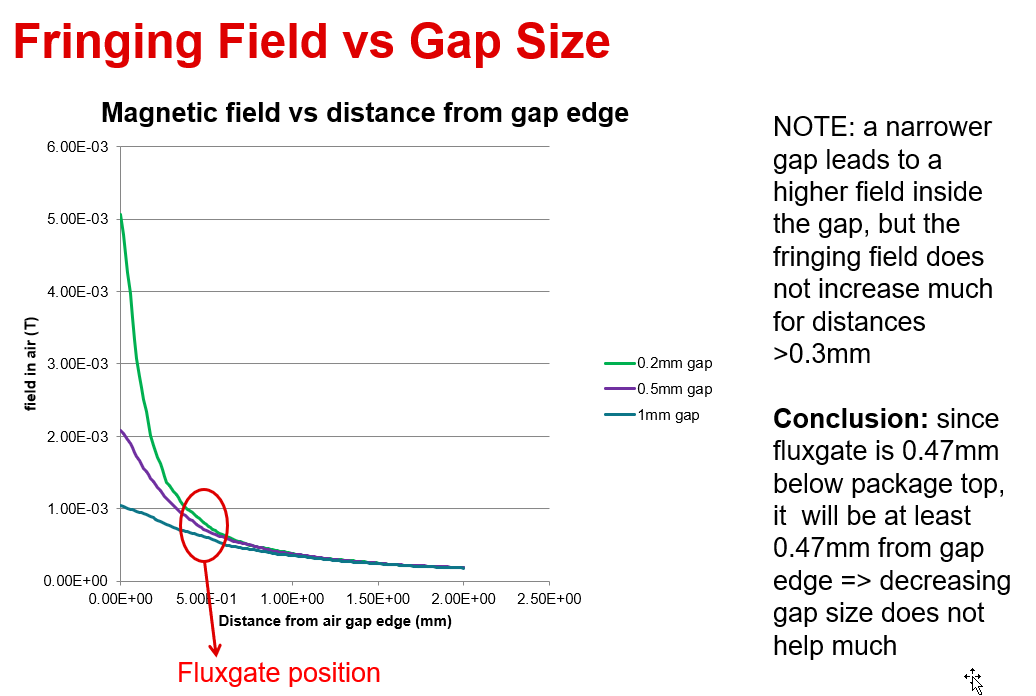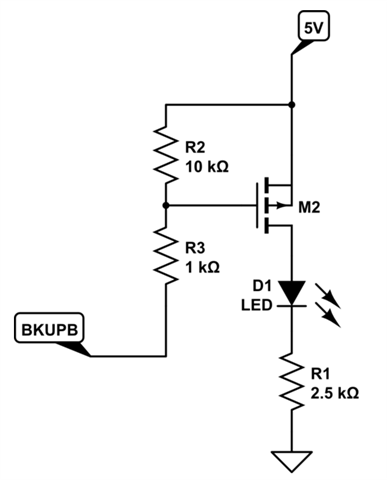Other Parts Discussed in Thread: DRV421
Hi Team,
Posting on behalf of our customer.
My question arises from designing the core and introducing an air gap. When adding an air gap the inductance of the secondairy winding drops and the Gain of the core (Gcore = B/Ip) also drops consequently dropping the Gmod value to select.
My question is: Does adding the slot to the core have the same effect as adding more air gap to the core?
Because if it does, I need to increase the total air gap value in my calculations to deside the other parameters of the core including the amount of secondairy windings.
Furthermore, I only want to measure DC current with a single primairy wire passing through the core.
When using the calculation sheet that comes with the chip my design falls into the Gmod [10] setting (as the DRV421EVM defualt setting) however, this is without the consideration of the slot gap.
Regards,
Danilo





